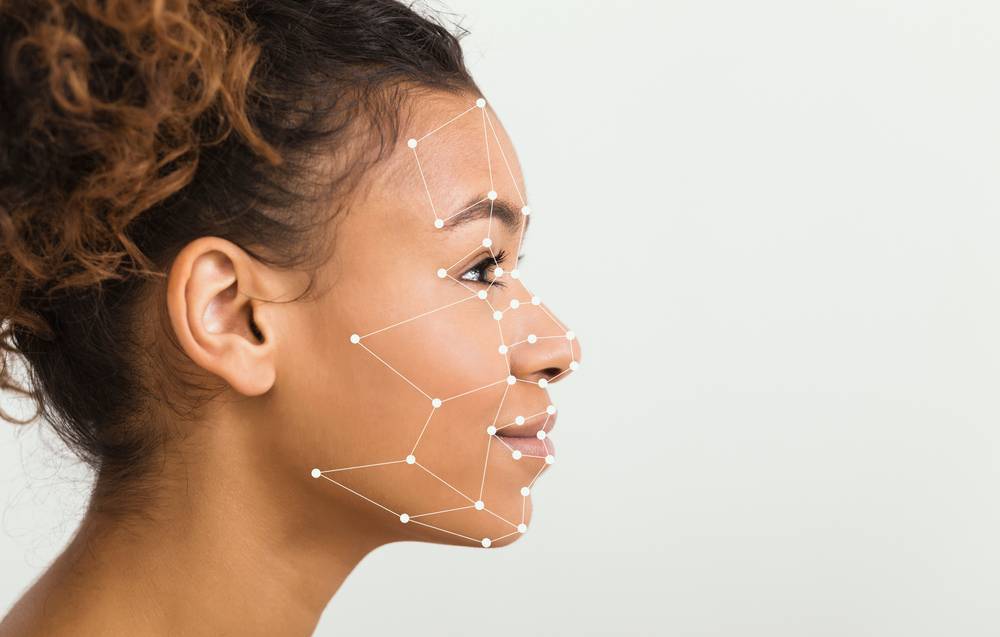Unlocking Diagnostic Secrets through the Human Face
In a groundbreaking endeavour, Western Australia’s Curtin University and SingHealth, a Singapore healthcare cluster, have joined forces to utilise Cliniface, a 3D facial analysis software developed by Curtin.
The tool is currently being harnessed to analyse facial characteristics associated with hereditary angioedema (HAE), a genetic disorder affecting one in 50,000 people globally, with an estimated 21 individuals in Singapore. The study, initiated last year, is powered by funding from Takeda, a Japanese pharmaceutical titan, and aims to study the facial features of 900 children of diverse ethnicities.
How Cliniface Works
Cliniface, an open-source platform, employs images captured by 3D cameras readily available in the market. By comparing more than 50 distinct facial measurements, it can identify traits that point to rare diseases. Such diagnostic capability is especially vital given that a third of all rare genetic diseases exhibit identifiable facial characteristics.
Housed within an open-source, interoperable desktop application, Cliniface employs innovative visualisation and analysis techniques. The software measures, identifies, and categorises unusual facial traits using Human Phenotype Ontology standards, facilitating preliminary facial form analysis for non-experts. The results are exportable in plain text formats for cross-platform use, integrating 3D facial analysis for improved clinical utility.
Facial Analysis and Imaging’s Role in Detecting Rare Diseases
Many rare diseases feature facial markers, both obvious and subtle, contributing to their diagnosis. In fact, we recognise subtle facial clues in a third of all rare diseases, affecting over 100 million people worldwide.
Various technologies, like digital databases, online services, and analytics software, help diagnose these diseases. However, these techniques are not commonly used, and about half of patients remain undetected.
Non-invasive methods to accelerate diagnosis and enhance clinical decision-making could improve care for these patients. Considering this, facial shape analysis, alone or with other data, may provide vital diagnostic clues. Earlier, 2D facial images served this purpose, but 3D facial images offer more comprehensive insights.
Diagnosing syndromes or rare diseases via facial phenotyping demands substantial expertise, as patterns can be subtle and rare conditions can often go unnoticed. 3D facial analysis, such as Cliniface, provides a precise, objective method to highlight clinically significant facial variations.
The Application and Utility of Cliniface
A salient beneficiary of the Cliniface software is the KK Women’s and Children’s Hospital (KKH) under SingHealth. Armed with this technology, KKH can offer more targeted therapy to children diagnosed with HAE.
While the technology doesn’t aim to replace human doctors, it can significantly enhance their diagnostic precision by acting as a triaging tool.
The collaboration aims to create reference points for “normal” Asian faces as most of the existing Cliniface data centres on Caucasian faces. This effort will assist doctors in better distinguishing faces with disorders from normal ones.
An Effective Tool for Rare Diseases Diagnosis
3D photogrammetry measures surface topography’s spatial coordinates, giving us an undistorted whole face view. In clinical settings, this helps us analyse facial components, diagnose diseases, and monitor changes over time.
Recent research shows the effective use of 3D photogrammetry in diagnosing genetic syndromes like Loeys-Dietz and Shprintzen-Goldberg. Further research is underway to automate syndrome diagnosis with 3D facial imaging and possibly detect unrecognised cases or semi-dominant inheritance.
With an accuracy of 95.6%, the technology could serve as a future digital biomarker for conditions like Parkinson’s disease. Given the potential of 3D photogrammetry for rare disease diagnosis, it is necessary to validate these findings and transfer them to a broader population, particularly in low to middle-income countries.
The hope for the near future is to make Cliniface a standard feature in hospitals, incorporated into the patient screening process. A high-precision tool like Cliniface can significantly reduce the time and effort needed for accurate diagnosis of rare diseases, often referred to as the “diagnostic odyssey,” which currently stands at up to eight years with multiple incorrect diagnoses.
Unlocking a Brighter Future with Cliniface
Cliniface offers a ray of hope to patients and healthcare providers alike, promising more timely and accurate diagnoses. As research continues to validate and expand its applications, the day when Cliniface becomes a standard tool in hospitals worldwide draws closer, ushering in a new era of swift and targeted care for those in need.
References
- Cliniface. (n.d.). Cliniface. https://cliniface.org
- Jamuar, S., Palmer, R., Dawkins, H., Lee, D. W., Helmholz, P., & Baynam, G. (2023, March 22). 3D facial analysis for rare disease diagnosis and treatment monitoring: Proof-Of-Concept plan for hereditary angioedema. PubMed Central (PMC). https://doi.org/10.1371/journal.pdig.0000090

